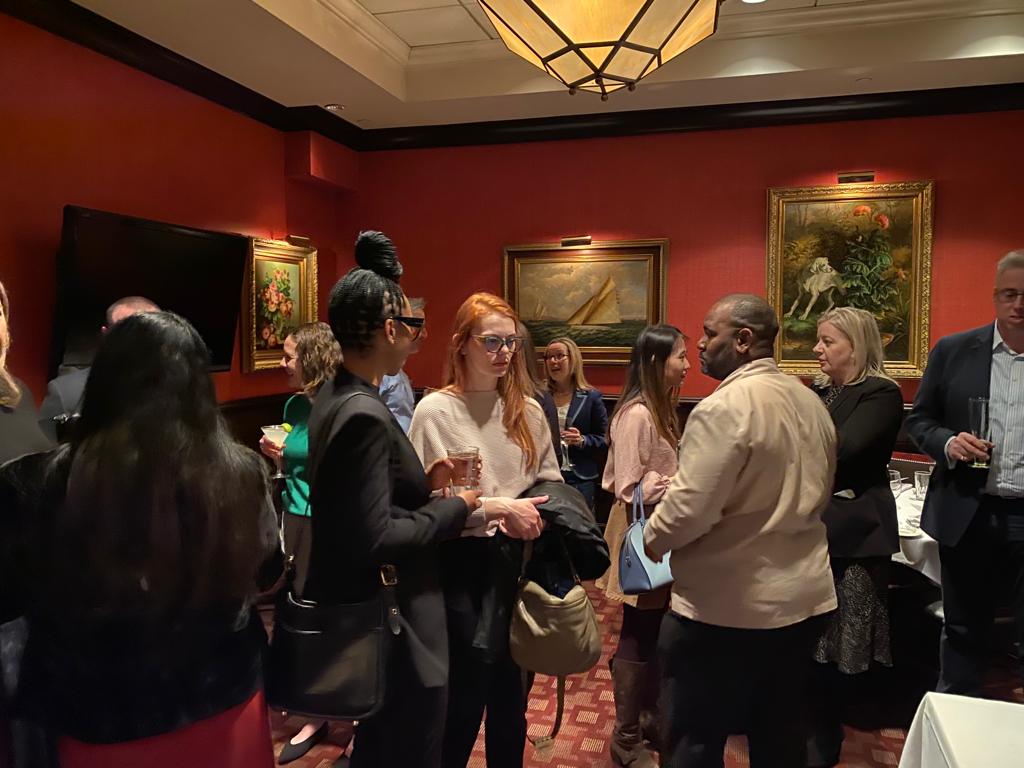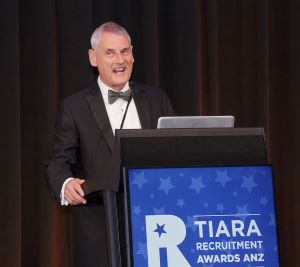The truth about vanity metrics
On March 21 we headed to back to one of my favourite cities in the world, New York, for our latest HR and Talent Leaders’ dinner, along with our friends and partners at Resource Solutions.
As ever, our discussion ranged from the high level (where’s this recession everyone keeps talking about?) to the operational (read on for some juicy insights on ‘vanity metrics’) but nearly everything came back to our over-arching theme of the importance of Talent Intelligence (TI).
TI, of course, starts with data but our three key takeaways on this point were:
- Stop talking about data, start talking about insights
- And these need to be embedded into your day-to-day conversations, not brought out for quarterly presentations and business reviews
- Conversely, beware of ‘mission creep’. TI isn’t a panacea; be clear about what you’re trying to achieve and when TI is relevant.
We also had a lively discussion on the seductive nature of ‘vanity metrics’ – NPS scores being a good example (people who really hated whatever you’re measuring almost certainly didn’t complete the scoring!). Perhaps the most interesting vanity metric was ‘agency spend’. This is often the first area any new TA leader takes an axe to as it’s a great way to show maximum impact in the shortest period of time. But here’s the thing: if it ultimately takes you longer to get the person you need or it’s not quite the candidate you were after then agency spend reduction is counterproductive. It may be more complicated, but it’s far better to measure the cost of vacancy and not cost per hire.
None of this is to say that uncontrolled agency costs are ok, of course they’re not, but deploying staffing firms judiciously and being prepared to stand your ground when challenged was seen as a far better longer-term approach.
As the wine flowed, we turned to the increasingly obligatory discussion on the rise of ChatGPT. Everyone agrees it will ‘move the dial’ but quite how and when are less clear. There remain some quite significant concerns on data security and algorithm integrity so having been bitten by this before, don’t expect the largest firms to be taking the lead on it anytime soon.
As the evening drew to a close, a few final words of wisdom reflected that the increasingly effective use of data and talent insights reflects the ongoing maturation of talent and HR functions and that most value will be gained from using TI to look forward and support strategic decision making, specifically in how to drive upskilling and internal mobility and how to better engage and nurture early talent.
Until next time… but hopefully with not as long a gap!






